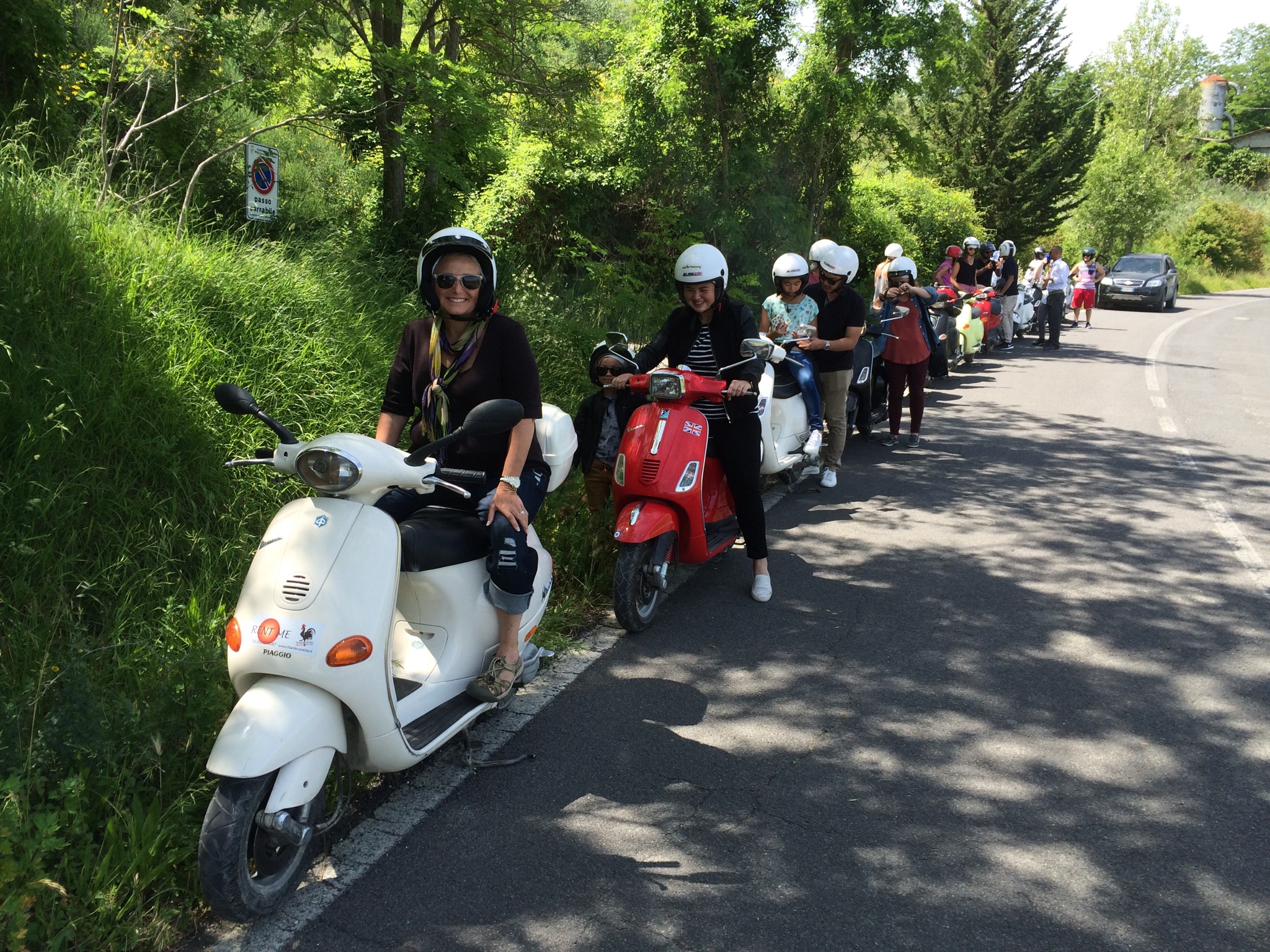On walkabout in Senegal
Dakar, Senegal – It’s nighttme when I arrive here, and the ride from the airport to the city is along a dark and dusty road.
Dust hangs heavy in the headlights of oncoming vehicles and the occasional street light, a reminder that the great Sahara Desert lingers nearby. Winds from the east pick up its dust and sand and deposit some here and carry other bits as far as North America. This great desert stretches for hundreds of miles, a giant rolling monolith that beckons explorers and adventurers. Music artist Jimmy Buffett sings about the Sahara and Dakar in his song, The Buffet Hotel – a musical reference that piqued my interest in visiting Dakar.
Traveling this same dusty road from the airport during daylight hours, one will catch glimpses of camels loitering in the fields nearby.
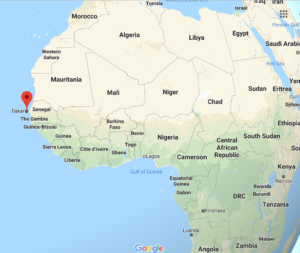
At my accommodation, a room in a staff house on the upper floors of an office building, my first priority is finding water, then coffee. I think about long distance travelers of old and their search for water in the desert. None, I’m sure, found it waiting in a nearby refrigerator in plastic bottles. Coffee is here as well, waiting to be brewed from tiny tins in a Nescafe brewer. With basic needs in hand for the moment, I return to my room, unpack, and allow the fatigue of traveling for the past 24 hours to overtake me. I climb into bed, slide into place the mosquito netting hanging from a hook above, and drop off for a blissful and dreamless 9.5 hours of sleep.

I wake up late on Saturday morning and breakfast on coffee I brew and snacks that I packed along, including some home-made granola. I inquire about lunch and am told nearby restaurants will deliver fast food, including salads and milk shakes. Salads? Milk shakes? This violates every rule I’ve been told by medical professionals about eating in West Africa, and yet colleagues here tell me it’s OK. And so I order a chicken salad that includes lettuce, tomato, and some dark meat chicken. Later I try a burrito-style sandwich with beef, lettuce and corn, a side of fries, and a chocolate milk shake – all very delicious – and, remarkably, safe.
The weather is warm but not hot, which perplexes me a bit. We are near the equator, yet far enough away that temperatures are moderate in March, around 82 degrees F (27 C) during the day, slightly chilly at night. Despite the cool temperatures, the sun remains a potent sunburn threat, and I notice some westerners wearing evidence of this on faces and necks. I don long sleeves and a cap for protection as I set out on my first walkabout in Dakar.

My goal on this walk is the the African Renaissance Monument, about an hour’s walk along the busy Corniche Ouest. The monument is an amazing 150-foot tall bronze tribute to Africa built in 2010. As I walk, I’m passed by hundreds of cars and motor bikes, many spewing smoke and half-burned exhaust. The occasional sport motorcycle races noisily by, usually with the front tire in the air riding a wheelie. I watch in admiration, thinking I need to learn how to do that with my sport bike.
I definitely stand out in the crowd here, and I’m mildly concerned about my visibility in hiking pants, a long sleeve tan shirt, and baseball cap. But Dakar is known to be fairly safe, at least during the day. Several people I pass offer a casual “bon jour” and I return the traditional French greeting. French is the main language spoken here.
At one point I’m walking behind a man carrying a large fresh fish in a plastic grocery sack. He spots me and stops to chat. His name is Moussa and he is a fisherman. His English is not bad, though obviously not recently practiced. He guesses that I’m American and wants to talk about a surfer friend from California who lived here some years ago.
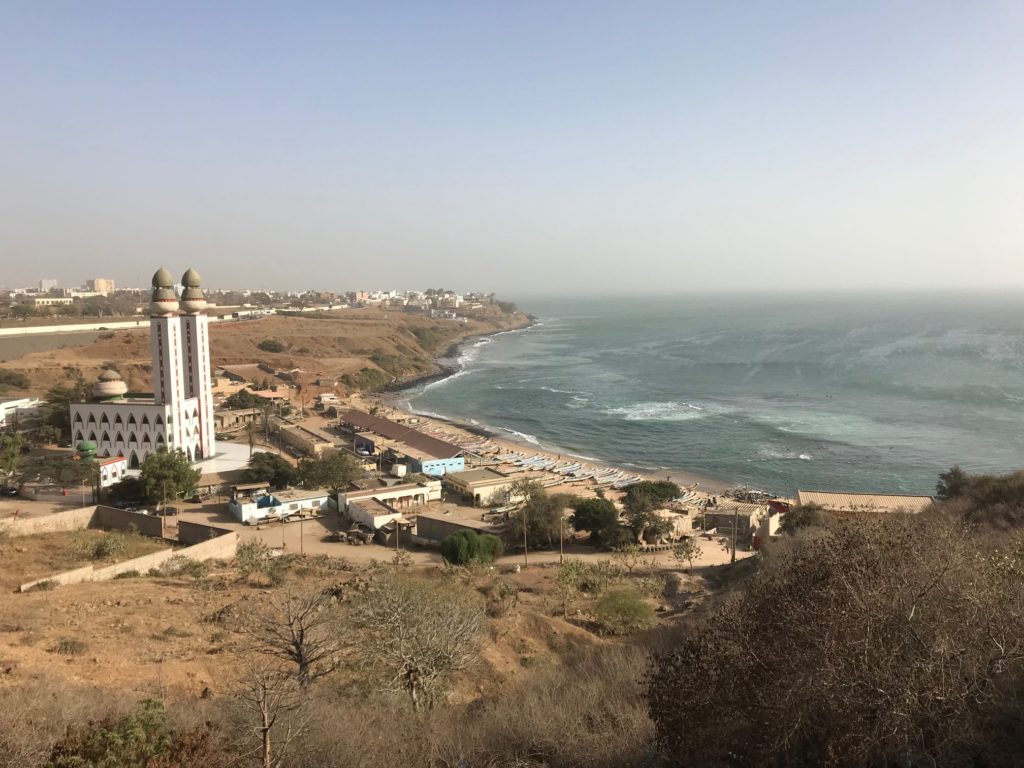
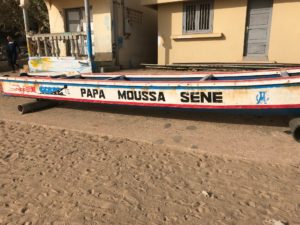
We chat a bit and he offers to take me fishing some time. He points to the water about 1500 feet down the hill and lines me up on some local fishing boats, known as pirogues. He says those are his boats. We chat a bit longer and then I put my hand out to shake his hand and leave. He looks at my hand for a moment and then offers his wrist for an awkward hand/wrist bump thing. I’ve no idea what that was about, but I enjoyed the conversation. I turn and continue on my journey along the
Corniche Ouest .

Negotiating for a Coke
A bit later I reach the Renaissance Monument and pop in to the little outdoor cafe at the base. I need a Coke Zero. But I have no local currency. There are three young people working the cafe, two girls and a boy. I ask if they’ll accept US dollars. No, it’s not possible, I’m told by one of the girls. I ask about using a credit card; she nods yes and delivers an icy cold Coke Zero. But when I show my card, she shakes her head. Apparently something got lost in translation between her French and my English. No credit cards.
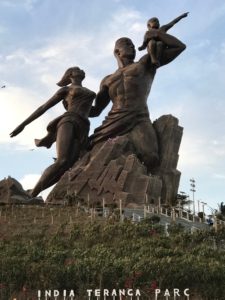
Not yet ready to give up on the Coke, I ask if she can exchange some dollars for local currency. She says no. But the young lad sitting on a stool behind her now pipes up. He asks how many dollars? I just shrug. He says ten dollars? OK. He offers to trade me $10 at the rate of 400 West African Francs per dollar. I counter with 600. He frowns and tells me the bank rate is 500 and he needs to make a profit. (The posted rate on line is 570 Francs to the dollar, but I’m not in a strong position to negotiate.) So I agree to his exchange rate and he gives me 3,000 Francs and the Coke. I’m happy. One of the young woman in the kiosk was watching the transaction and when we finish she points to the young entrepreneur and with a smirk says, “He’s a business man – you are both businessmen.”
Yes indeed, two businessmen conducting the business of eons – commerce. There’s a lot more to see here in Dakar, but for now I’m just going to sit quietly, enjoy the Coke, and appreciate the young entrepreneur who put it in my hand.
